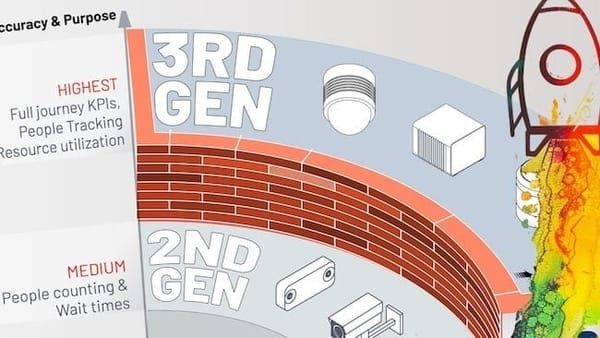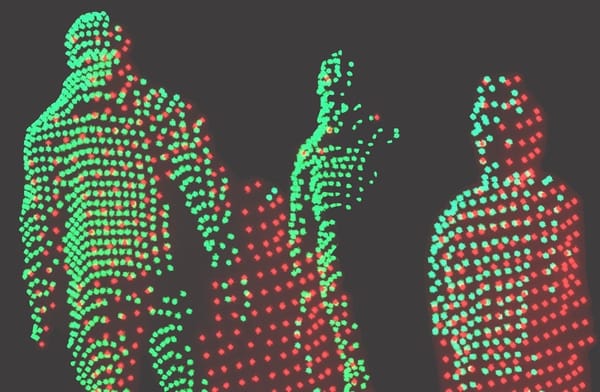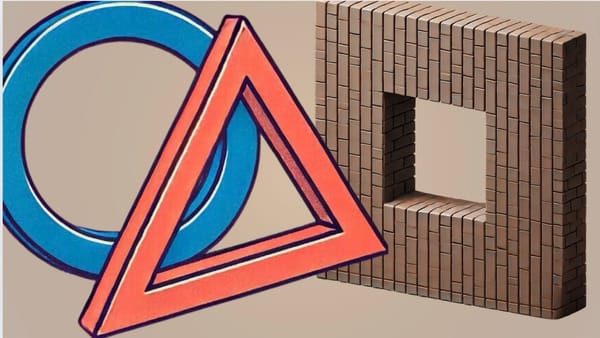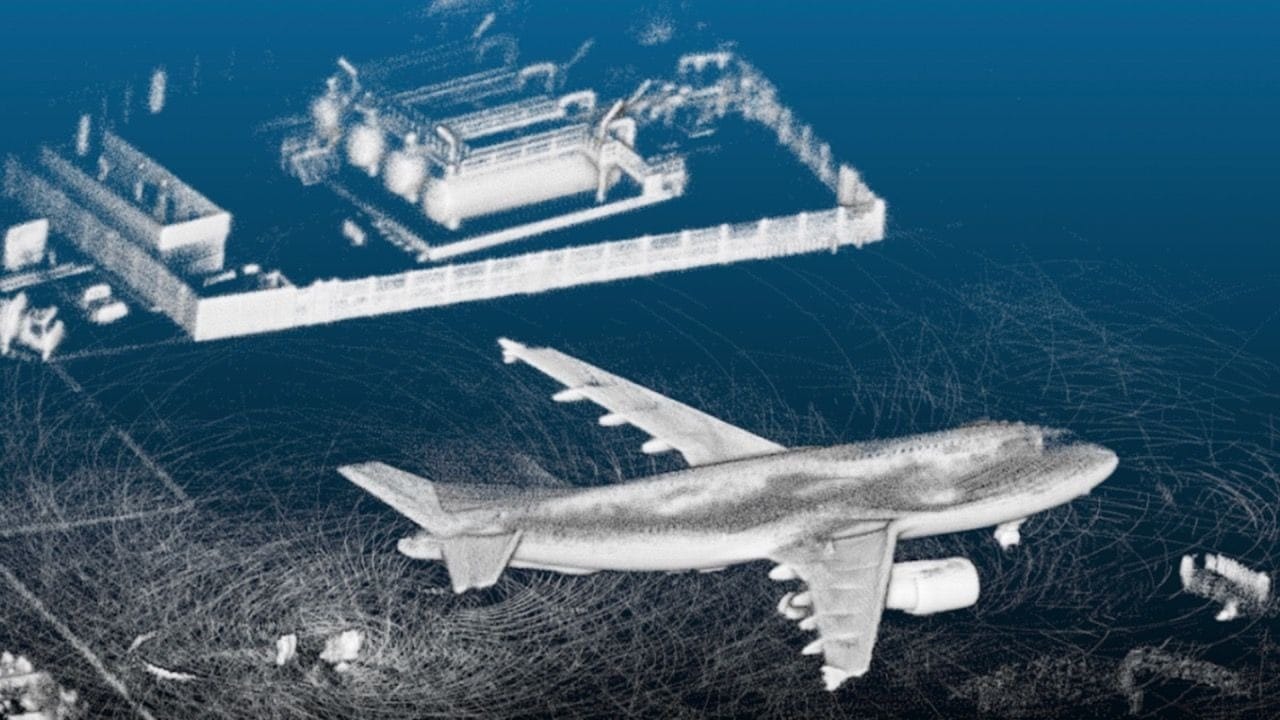
Protect Your Aircraft with LiDAR System Security
Security staff needs technology to secure parked aircraft. This article describes why LiDAR solutions are ideal for parked aircraft security and how they function.
In the aviation industry, the security of parked aircraft is of utmost importance. Without proper measures in place, like security systems and qualified workforce, aircrafts may be vulnerable to unauthorized access, tampering, or theft.
Everyone in the aviation industry agrees that screening and inspecting passengers and their bags is necessary and helps keep safety standards high. When you consider that you would be flying at an altitude of 10,000 meters, there is simply no place on board for potentially hazardous objects or substances.
Need of security solutions also outside the terminal
Crowd management and control at airports are important not only to make sure customers are happy and cut down on wait times, but also to make sure airport security is always up to par. Also, the COVID-19 epidemic has made it important to think about social distance in crowded places like airport terminals.
Outsight has already come up with solid, case-tested solutions to improve operations and increase customer satisfaction inside modern airport terminals. Read more on our recent article:
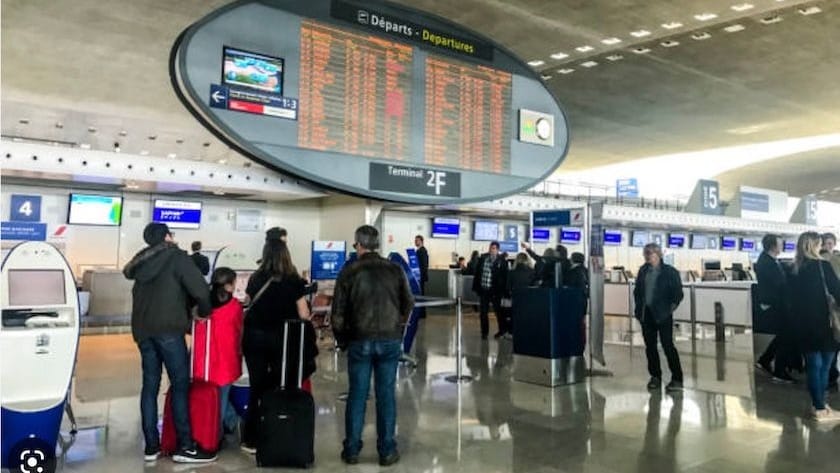
Nonetheless, the security of the aircraft and anything taken on board must be safeguarded against any unwanted intrusion. Consequently, for parked aircraft security, it is of the utmost importance to ensure that nobody may board or get off the aircraft while it is parked at the airport without being noticed.
Helpful Technology for the Security Force
Keeping airplanes safeguarded is a complex task as they are usually parked in vast regions of the airport and often hidden from view. Also, it is too expensive to have security staff walking around the terminal all the time, specially for small and medium-sized airfields.
The solution is in the implementation of a technological system, such as the LiDAR system, that helps the crew maintain aircraft security and guarantees that no intruder will be able to interfere with the equipment.
This system has to function consistently, independently of weather and lighting, and is adaptable to observe aircraft of varying sizes and shapes. Read more about Outsight’s solutions to prevent security threats and reduce false alarms:

Importance of preventing alarm fatigue
Cameras, radar, and thermal sensors are examples of the types of technologies that are often employed to assist security personnel.
- Surveillance cameras are a common and affordable method to monitor the perimeter of a property. However, they soon approach their limitations when the available light is limited and may also be influenced by false information;
- Radar sensors are not affected by the environment or the amount of light. Still, the data they collect must be more accurate in order to identify intruders, which is not the case yet;
- Finally, coaxial cables buried in the ground serve to restrict the parking area are another method that may be used to ensure parked aircraft security. They are designed to sound an alert when persons enter the parking area and move closer to the aircraft. Yet, they are costly and complex to install. Plus, they may be wrongly activated when an animal passes over a sensor.
These false alarms may happen with any of the technologies listed above, and they pose a threat since they can lead to alarm fatigue among security professionals, increasing the risk that an alert will no longer be respected when it goes off.
3D LiDAR technology as the way to go
A system that uses LiDAR technology and perception software could be used to solve this problem. LiDAR sensors use lasers to get three-dimensional data about their surroundings.
This information needs to be processed by LiDAR software before it can be used to do something, like sound an alarm when someone gets close to an airplane. This substantially benefits parked aircraft security since the LiDAR technology can function with high precision regardless of ambient light and in any weather.
Because of this, the parked aircraft security system does not recognize small elements as invaders (if that is indeed the purpose) and therefore does not sound an alert, making it an effective method for preventing alarm fatigue.
Besides, LiDAR systems can also be paired with 2D cameras for security applications if needed. In the next example, the LiDAR system is used to find and track intrusions and automatically point a PTZ camera in the direction of a suspicious person or vehicle for human verification.
LiDAR-based solution for security with a PTZ integration within a Milestone VMS
Implementing a LiDAR-based system for aircraft security
On airport land, LiDAR sensors are put on lampposts and buildings that are already there so they can see airplanes. The sensors get data by sending out laser pulses and getting back the same laser pulses that were reflected by objects in their field of view.
Because it has such a wide range, the data can be collected without putting the safety of the workers at risk. The laser beam is redirected onto the scene at a rate of several hundred thousand times per second, making up the "point cloud," which is made up of 3D data points.
From this "point cloud," the software can figure out which points belong to the plane and make a digital "safety zone" or "volume" around it.
The software also detects, tracks, and classifies any object in this field of vision, differentiating, for example, animals from potential intruders. If a person crosses this zone, an alarm will go off, and security staff will be immediately notified.
It is also possible to customize the parked aircraft security zones based on the parking position and size with LiDAR software, like the one from Outsight, which is very simple to use and afford a significant amount of flexibility to operators.
Final Words
A system based on LiDAR sensors and software makes it easy to install, cost-efficient, discreet and extremely precise way to keep an eye on the security of parked planes.
From now on, protecting airplanes when they are parked on the ground will become just as important and possible as screening passengers for security.
To know more about LiDAR solutions or discuss your specific project needs, download our whitepaper or contact a Product Specialist.




